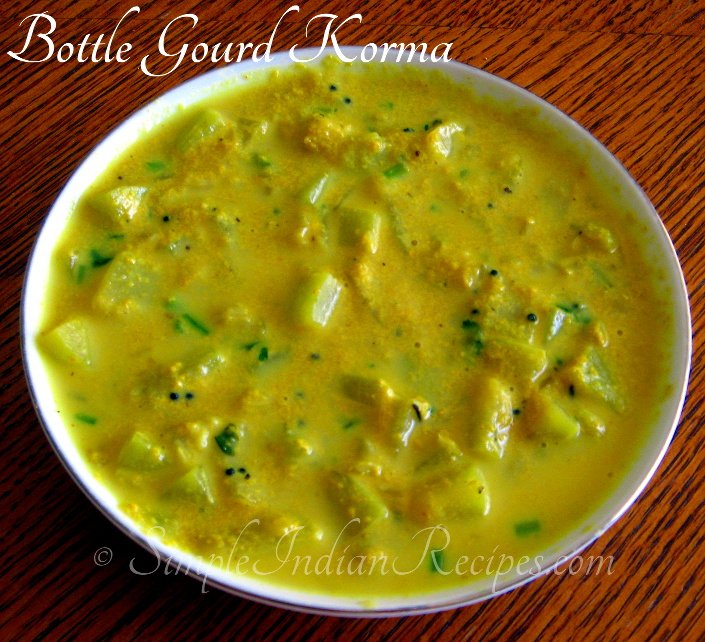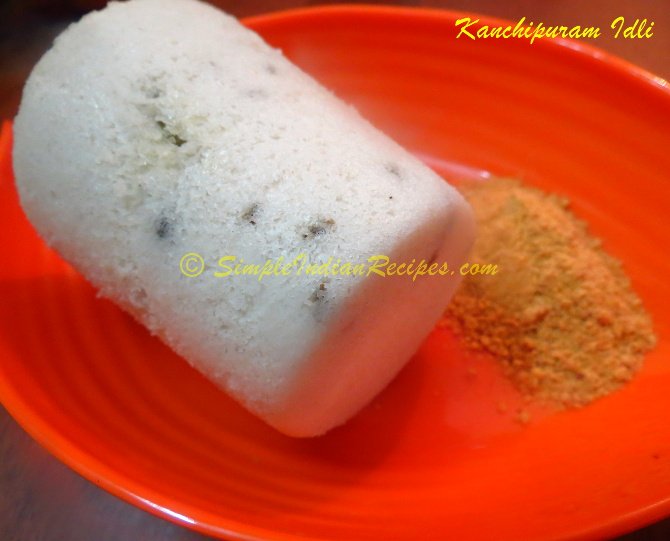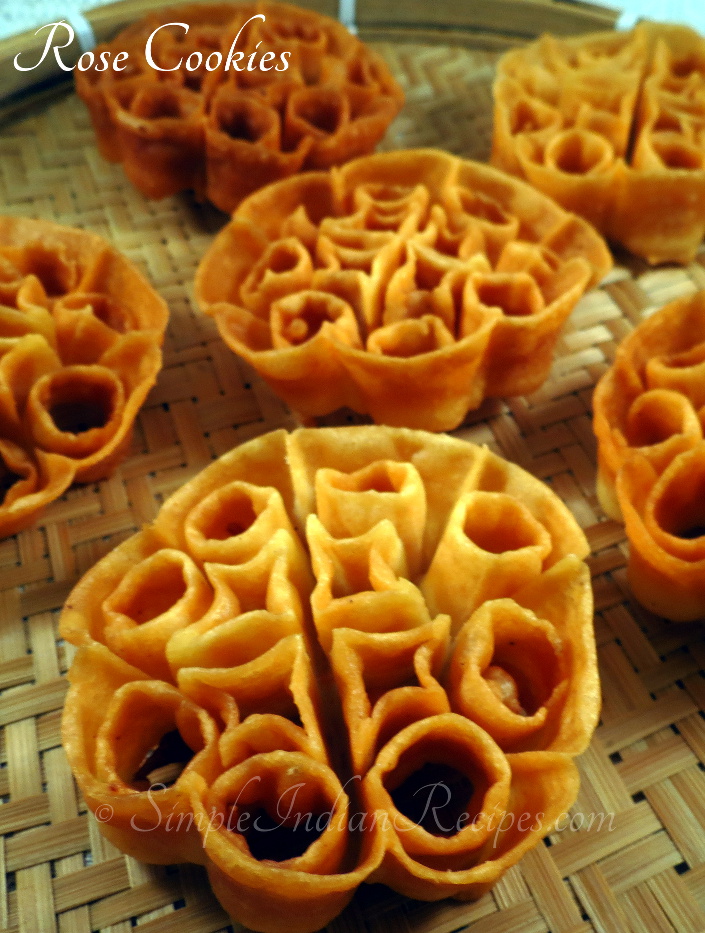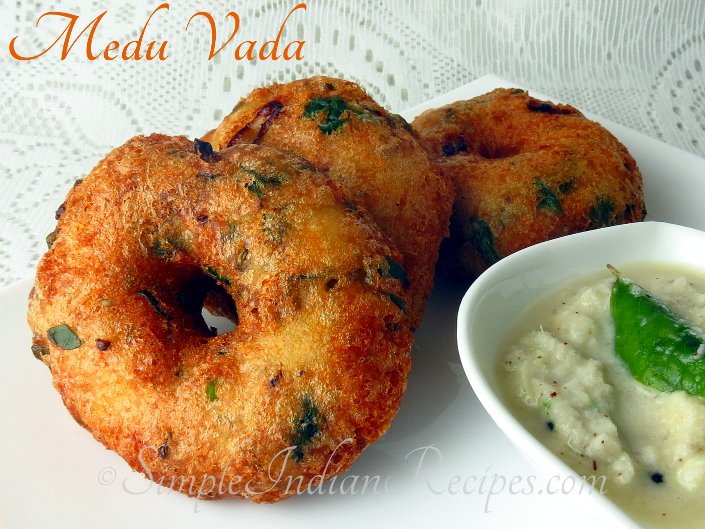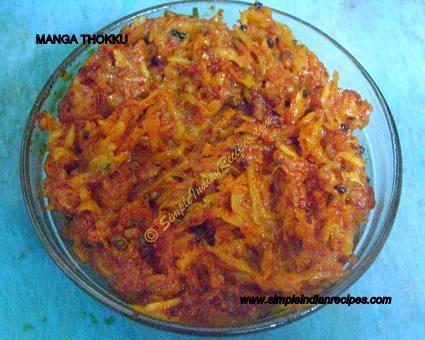Sorakkai Kurma (Bottle Gourd Korma)
Ingredients
- Bottle gourd - 250 gms (1/2 lb)
- Cumin Seeds - 1/2 tsp
- Onion - 1 medium (chopped)
- Ginger Garlic paste - 1/2 tsp
- Tomato - 1 (chopped)
- Green Chilies - 2 or Red Chilly Powder - 1/2 tsp
- Turmeric Powder - 1/4 tsp
- Coriander powder - 1 tsp
- Garam Masala - 1/2 tsp
- Salt - to taste
- Oil - 2 tsp
- Fresh Coriander leaves (Cilantro) - for garnish
Ingredients to grind
- Fresh Coconut - 3 tbsp
- Poppy Seeds - 1 tsp
Method
- Wash and peel the skin of the bottle gourd. Cut into small cubes.
- Heat oil in a pan and crackle the cumin seeds.
- Add the chopped onions and saute for few minutes.
- Add the ginger garlic paste and saute for a minute.
- Next add the chopped tomato and saute till tomatoes become mushy.
- Add the bottle gourd pieces, turmeric powder, chilly powder, coriander powder and garam masala.
- Add 1 cup of water. Cover and cook till the bottle gourd is soft (about 7-10 minutes).
- In the meantime, grind together the grated coconut and poppy seeds with little water to a fine paste. You can also add 4-5 cashews along with this for enhanced flavor.
- Reduce the flame and add this ground paste to the simmering curry.
- Simmer for another 2-3 minutes and switch off.
Serving Suggestion
- Serve with chapati or white rice.
Variations
- Try with other vegetables like ridge gourd (peerkangai), chayote squash (chow chow), zucchini, yellow squash or pumpkin.
- If you like to make the kurma white in colour, skip the tomatoes, turmeric powder and red chill powder. Use yogurt and green chilies instead.
